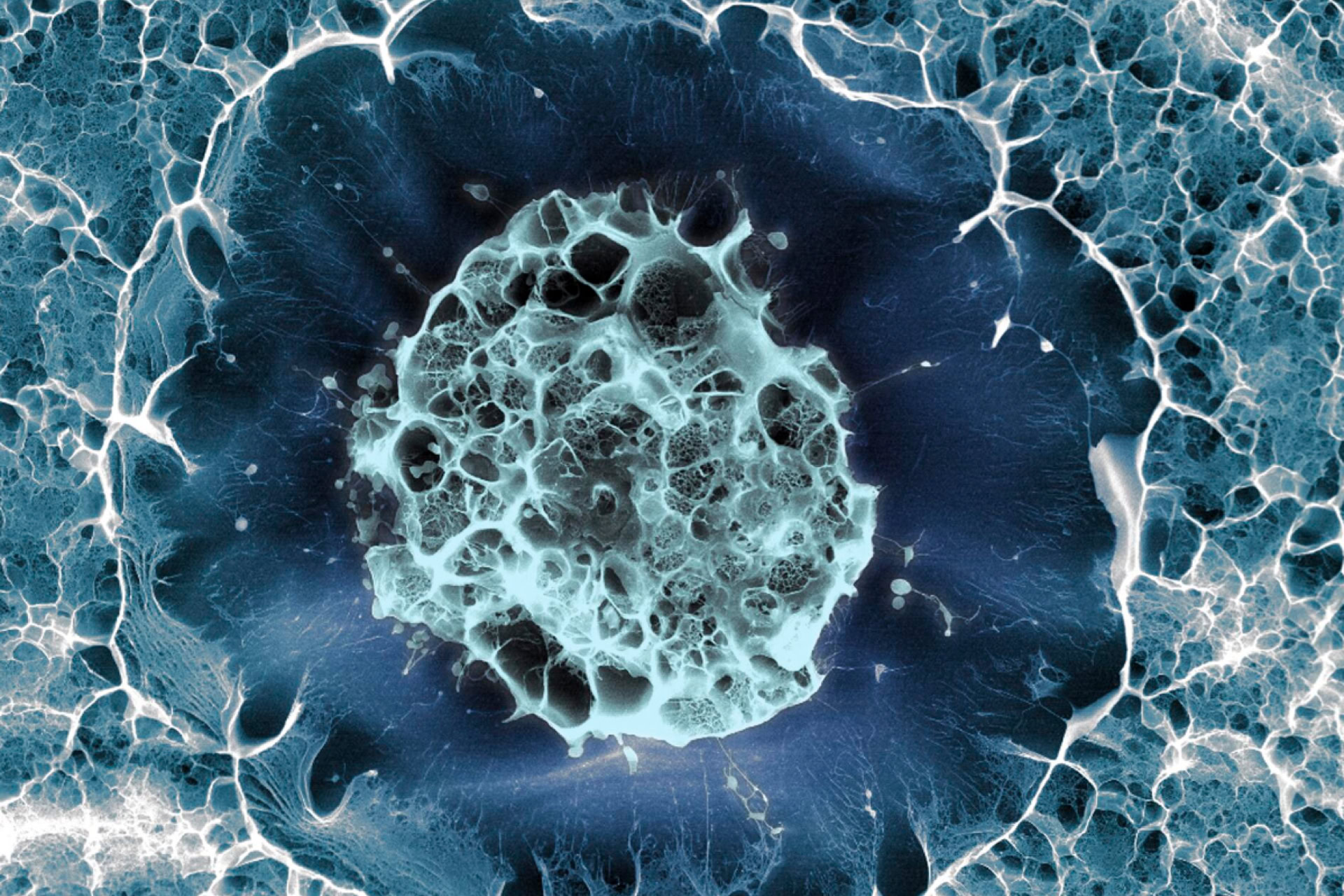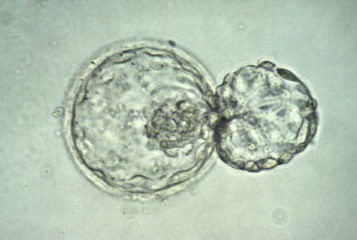New research has been published confirming that 'multipotent' adult progenitor cells' (MAPCs), a type of adult stem cell, can repair and restore damaged blood systems in mice. Catherine Verfaillie and colleagues at the University of Minnesota first described these novel stem cells in 2002, but other teams have had difficulty in replicating the work. In a new paper published in the journal Experimental Medicine, Verfaillie has worked with a leading sceptic of the research, Dr Irving Weissman of Stanford University, to show that the cells can be grown in the laboratory and successfully transplanted into animals. Dr Weissman, who directs Stanford's Institute for Stem Cell Biology and Regenerative Medicine, rigorously examined the data and concluded, 'These experiments point to potential precursors of blood forming stem cell in an unexpected population of cultured cells'.
Usually adult stem cells are precursors to populations of particular cell types, for instance neural stem cells may be manipulated to grow into all types of nerve cell, or haematopoietic stem cells may be manipulated to form all different types of blood cell. MAPCs are more versatile than this as they are able to regenerate a range of cell and tissue types. In these latest experiments conducted by Dr Verfaillie, mice were irradiated to destroy their bone marrow and immune systems. The team isolated mesenchymal stem cells from mammalian bone marrow and grew them through at least 80 generations in the lab, they then used these cells to repopulate the damaged blood system. Whilst the results were good, the MAPCs were much less efficient at grafting into the bone marrow and producing blood than haematopoietic stem cells. This must be resolved before the scientists begin work on deriving human MAPCs for transplant. However, the team speculates that the research could one day be used to cure blood cancers and even grow entire new arteries in the lab.
This type of adult stem cell research has been welcomed by the White House, who wish to limit scientists' use of embryos. Verfaillie however, believes that stem cell research must progress on all levels including the use of embryonic cells. 'My research has been misused the whole time. There is a huge reason why we have to continue studying embryonic stem cells', Verfaillie said. She continued, 'I am pleased to see this science replicated at other research universities. Now there is further confirmation that the MAPCs could be a valid source of new therapies'. The next step for the researchers is to find out how the cells are reprogrammed to form blood and to understand why the MAPCs didn't contribute to more general repair in the irradiated mice. Although the experiment was designed to investigate blood formation specifically, Weissman was still disappointed that the MAPC cells did not join repair mechanisms in any other damaged tissues in the animals.
Sources and References
-
Blood stem cells make mouse bone marrow, brain cells
-
Adult stem cells can at least make blood
-
U Of MN Adult Stem Cell Research Shows Promise For Transplant Therapies




Leave a Reply
You must be logged in to post a comment.